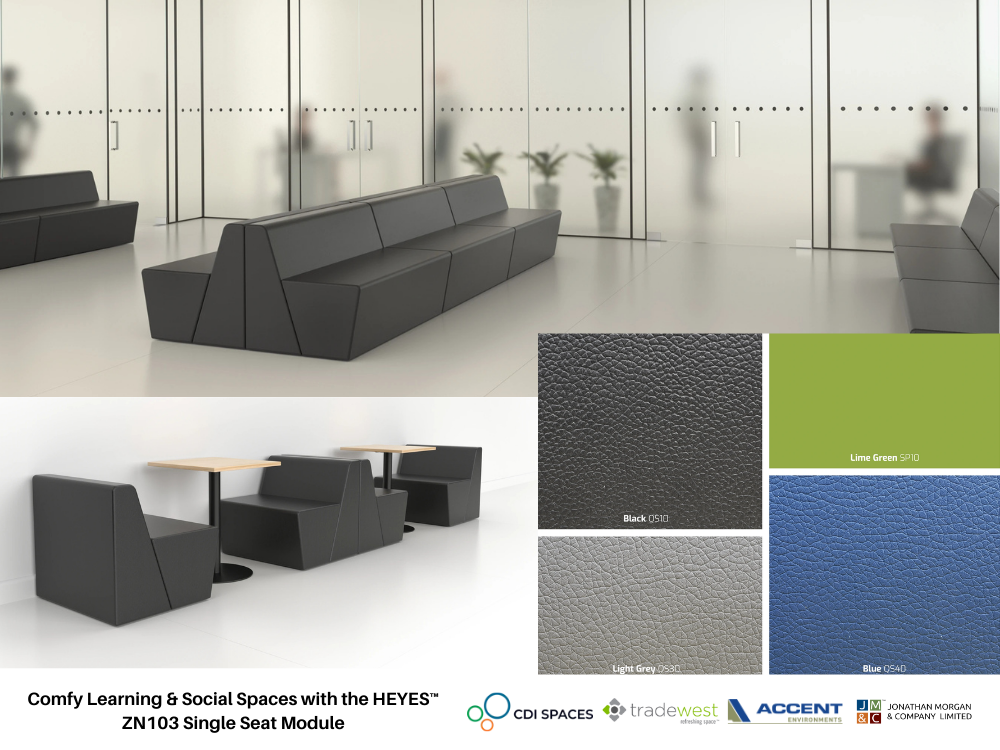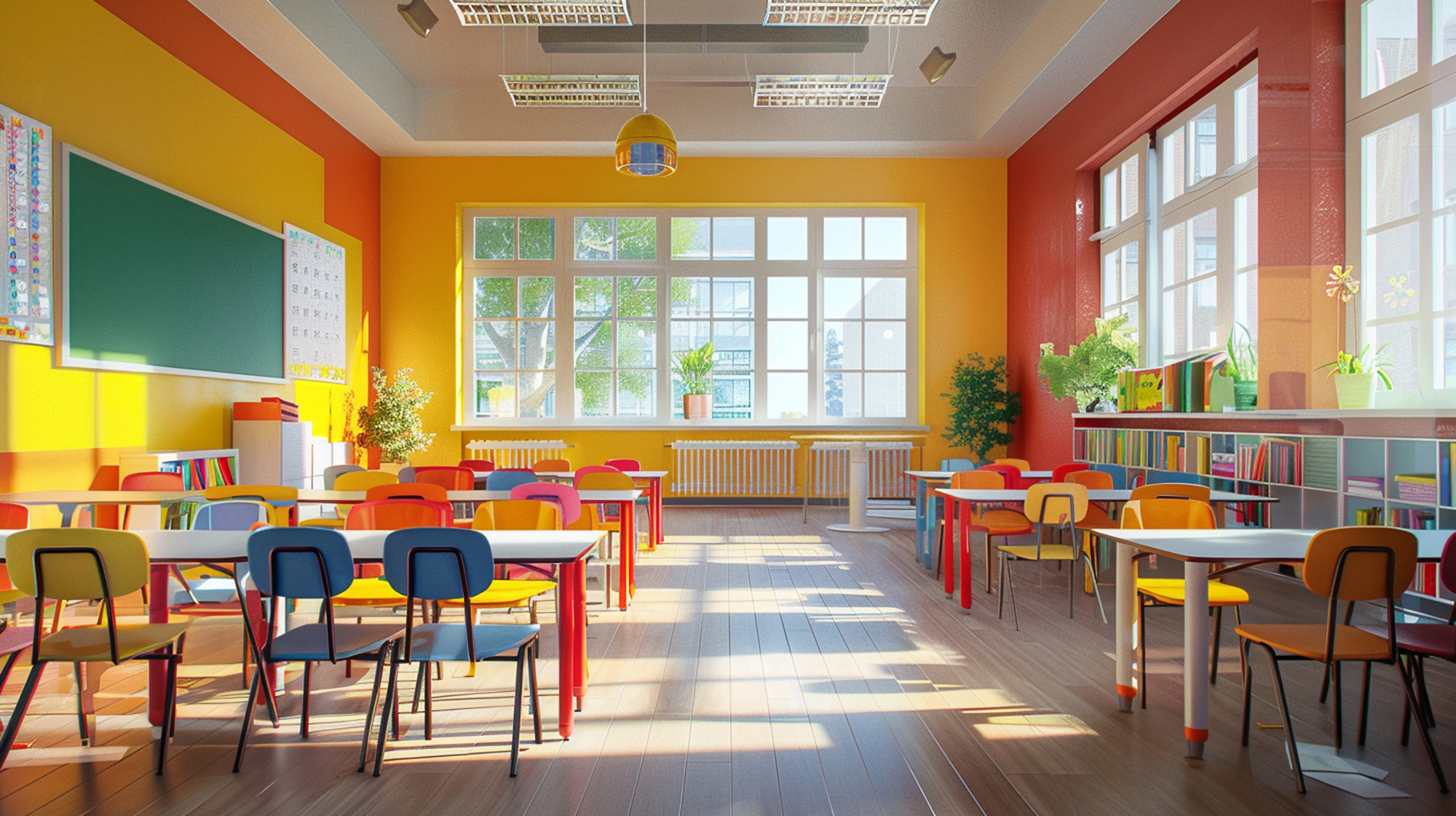
From the arrangement of desks to the choice of lighting, educators and designers are increasingly turning to psychology to inform their decisions. One area gaining particular attention is the use of color psychology in selecting classroom furniture.
Color psychology explores how colors affect human behavior and emotions. It acknowledges that different colors evoke distinct psychological responses, influencing mood, perception, and even physical reactions. These responses are deeply ingrained in our evolutionary and cultural experiences, making color a powerful tool for shaping environments. It has been proven to influence the learning process in classrooms. Here we’ll look into the role of color psychology in classroom furniture selection and its impact on students’ learning experience.
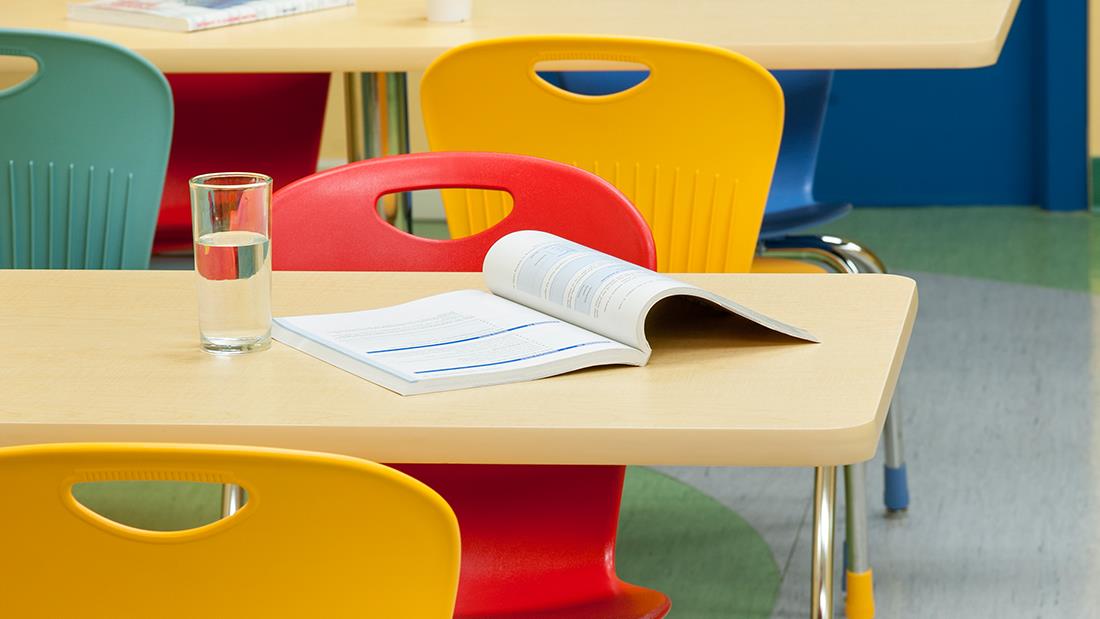
Importance of Color Psychology in Classroom Furniture Selection
The color scheme used in a classroom can have a profound effect on the students’ learning experience. Color has the power to stimulate our senses and create a certain mood or atmosphere. By incorporating color psychology in classroom furniture selection, educators can create an environment that fosters creativity, productivity, and overall well-being of students.
The following are some key points that highlight the importance of color psychology in classroom furniture selection:
- Impact on Focus and Attention: Certain colors have been found to promote focus and attention, while others can be distracting. For example, blue has a calming effect that can help students maintain their concentration, while bright colors like red or yellow may create a sense of restlessness.
- Emotional well-being: Color has the power to evoke emotions in us. Warm colors like orange and yellow can create a sense of happiness, while cool colors like green and blue can promote relaxation. By choosing the right color scheme for classroom furniture, educators can create a positive and welcoming environment that supports students’ emotional well-being.
- Enhancement of Learning: Colors have been found to enhance memory and improve learning outcomes. Studies have shown that certain colors stimulate brain activity and increase information retention. For instance, the color green has been linked to better performance on tasks that require creativity and problem-solving.
- Classroom Management: Color psychology can also play a role in classroom management. By using different colors for various areas of the classroom, such as designated reading corners or group work stations, educators can create a sense of structure and organization for students.

Applying Color Psychology in Classroom Furniture Selection
Now that we understand the importance of color psychology in classroom furniture selection, let’s explore how it can be applied to create an ideal learning environment for students.
Choosing the Right Colors for Classroom Furniture
When selecting colors for classroom furniture, there are a few key factors to consider:
- Age Group: Different age groups respond differently to colors. For younger students, bright and bold colors can be used to stimulate their senses and keep them engaged. On the other hand, older students may prefer more muted and calming colors.
- Subject Matter: The subject being taught in the classroom can also influence color selection. For instance, for a science class, green may be a suitable color to promote critical thinking and problem-solving, while for an art class, bright and vibrant colors may be more appropriate.
- Size of the Classroom: The size of the classroom also plays a role in color selection. In smaller classrooms, lighter colors can create an illusion of space, while darker colors can make a larger classroom feel cozier.
Incorporating Color in Different Types of Furniture
Color psychology can be applied to different types of classroom furniture, including desks, chairs, and storage units. Here are some tips for incorporating color in these pieces:
- Desks: Desks are one of the essential pieces of classroom furniture. For maximum productivity and focus, consider using neutral-colored desks that won’t be a distraction. However, for younger students, brightly colored or patterned desks can add an element of fun and creativity.
- Chairs: Chairs are another crucial component of classroom furniture. For maximum comfort, choose chairs with adjustable heights and backrests. Colorful chairs in a variety of shades can also help create a visually appealing learning environment.
- Storage Units: Storage units, such as shelves or cabinets, can be used to add pops of color to the classroom. They not only provide organization but also serve as a decorative element. Consider using storage units in different colors to designate specific areas, such as bookshelves for reading or cabinets for art supplies.
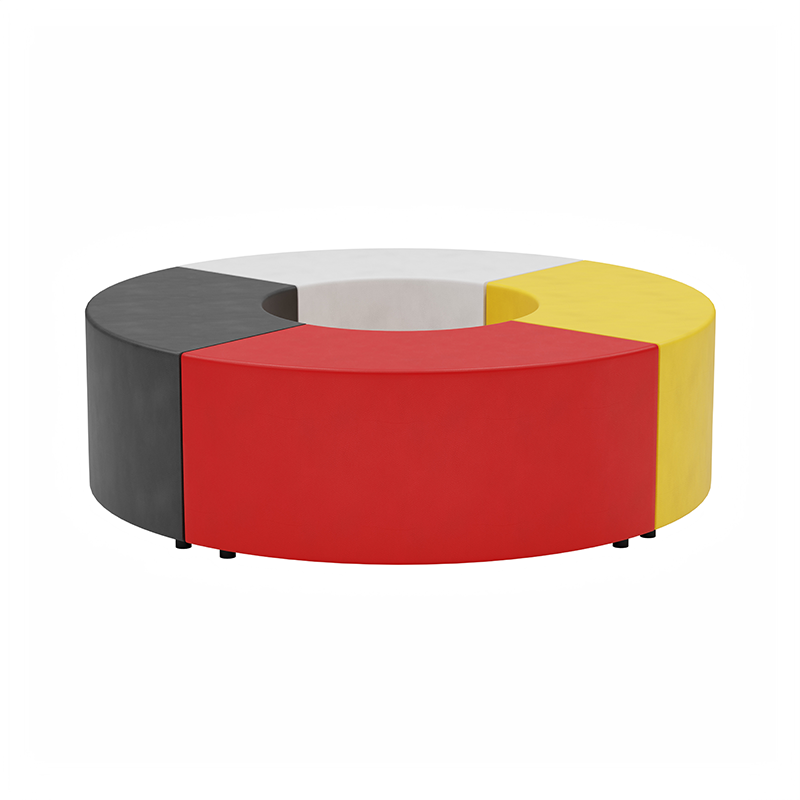

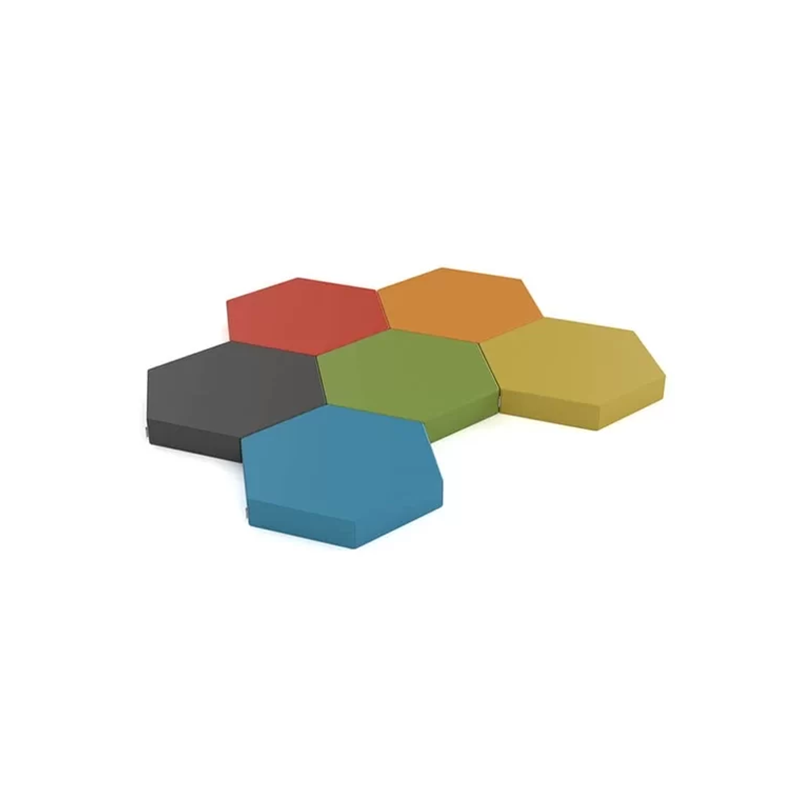
Other Ways to Incorporate Color Psychology
Apart from furniture, there are many other ways to incorporate color psychology in the classroom:
- Walls and Floors: The color of the walls and floors can have a significant impact on the overall feel of the classroom. Consider using light, neutral colors for the walls and floors to create a sense of spaciousness. You can also use different colored rugs or carpets to add texture and warmth.
- Decorations: Adding colorful decorations, such as posters or artwork, can instantly brighten up a classroom and make it more inviting. Choose decorations with colors that complement the overall color scheme of the classroom.
- Natural Light: Lastly, don’t underestimate the power of natural light in influencing mood and productivity. Try to incorporate large windows or skylights in the classroom to bring in as much natural light as possible.
it is essential to carefully consider color psychology when choosing classroom furniture to create an optimal learning environment for students. By understanding the impact of different colors, educators can create a positive and supportive space that enhances focus, emotional well-being, and learning outcomes for their students. Remember to consider factors like age group, subject matter, and size of the classroom when selecting colors for furniture. And don’t forget to incorporate color in other elements of the classroom, such as walls, decorations, and natural light. With these strategies in mind, you can create a visually appealing and emotionally nurturing environment for students to thrive in.



